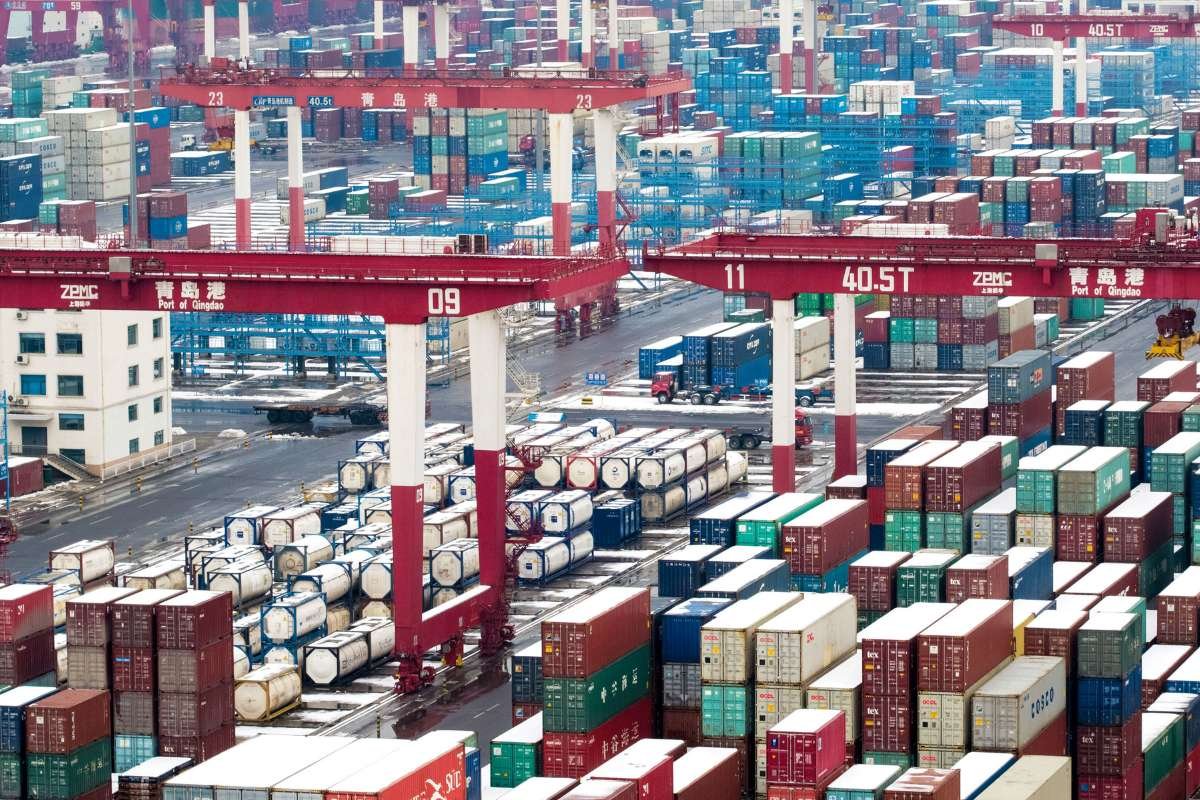Key Points:
- China Exports Suffers Unexpected Decline: Outbound shipments fell 1.1% in October, reversing an 8.3% rise in September and missing forecasts of 3% growth.
- Global Trade Tensions: The slump was linked to waning overseas orders after months of front-loading to avoid U.S. tariffs, amid escalating U.S.-China trade tensions.
- Economic Momentum Slows: The weak export data, coupled with sluggish import growth, signals loss of economic momentum heading into Q4 2025.
China exports suffers unexpected turbulence in October as outbound shipments fell 1.1% year-on-year, marking the sharpest decline since February. The drop contrasts with September’s solid growth and falls well below analysts’ expectations of a positive upturn. The weak performance was largely driven by a steep decline in shipments to the United States, where exports plunged by more than 25%.
While exports to the European Union and Southeast Asian markets recorded slight gains, the incremental growth was insufficient to cushion the overall downturn. Analysts note that the October contraction reflects intensifying global trade frictions, uneven post-pandemic demand, and shifting supply chains that have drawn manufacturing away from China. Export-dependent sectors such as electronics, machinery, and consumer goods reported notable slowdowns through the month, underscoring rising vulnerability in external demand.
Weak Import Growth Signals Domestic Strain
Imports also showed signs of strain, rising only about 1% year-on-year, the slowest pace in five months. The tepid import figures indicate that domestic consumption remains under pressure, despite ongoing policy efforts to stimulate spending and revive consumer confidence.
As a result, China exports suffers as the overall trade surplus narrowed slightly compared to September, coming in just above USD 90 billion but still below market forecasts. The persistent drag from the property sector, subdued household sentiment, and cautious corporate spending continue to weigh heavily on domestic demand, limiting the country’s ability to rebalance growth away from exports.
Economists highlight that the combination of weak external and internal demand paints a challenging picture for the economy. While authorities have introduced targeted measures to support key industries and bolster small businesses, many sectors remain in recovery mode, and the momentum has yet to build sufficiently to counter external shocks.
Risks Ahead Despite Regional Trade Gains
China exports suffers despite recent gains in shipments to Southeast Asia and select emerging markets, which show progress in diversifying its export base. However, the scale of growth in these regions remains modest compared to the decline seen in the U.S. market. Trade analysts warn that the sharply reduced demand from the United States, still one of China’s largest export destinations, will continue to put downward pressure on overall performance in the months ahead.
Additionally, the impact of elevated tariffs on Chinese goods remains substantial, with economists estimating that current tariff levels continue to shave meaningful points off export growth and GDP contribution. While Beijing has emphasized high-value manufacturing and global market expansion as long-term buffers, analysts note that such transitions require time, investment, and stable global conditions.
Looking forward, the trade outlook remains clouded by geopolitical tensions, shifting supply-chain alignments, and uncertain global demand. he October data show that China exports suffers from the fragility of its export-led model and the challenges facing domestic recovery efforts. Policymakers are expected to watch closely whether recent stabilizing trends in regional trade and domestic spending can gain traction, or whether further measures may be required to support the country’s growth momentum.


















